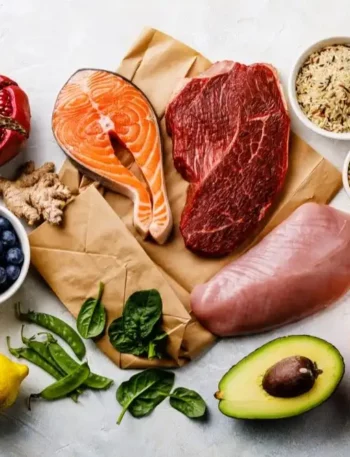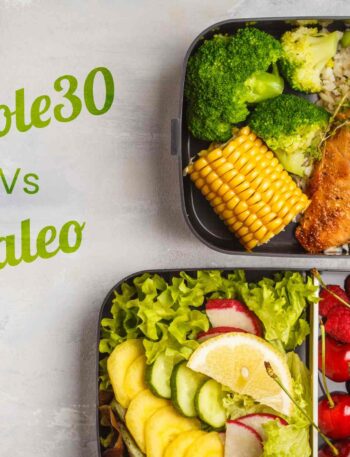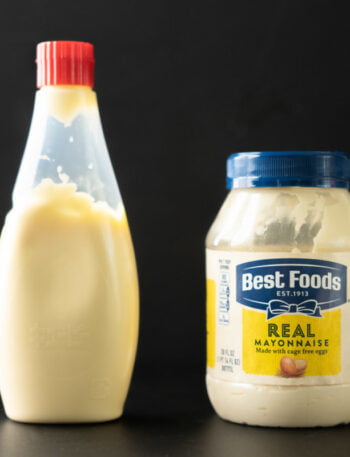“Is cooking at home really cheaper than eating out?” It’s a question many of us grapple with, especially when juggling busy schedules and the lure of a restaurant’s convenience.
On one hand, cooking at home seems like the obvious way to save money; on the other hand, fast food value menus and delivery apps make dining out feel surprisingly affordable.
But is eating out actually as cost-effective as it seems? And beyond finances, what about the impact on your health, time, and quality of life?

Why People Think Eating Out Is Cheaper
The idea that eating out is cheaper stems largely from marketing strategies. Fast food chains and restaurants promote meal deals, combos, and “dollar menus” that seem like unbeatable bargains. A $5 burger combo sounds cheaper than buying groceries, doesn’t it?
However, these deals often hide costs:
- Hidden Charges: Taxes, tips, and delivery fees quickly add up.
- Lack of Leftovers: Unlike home-cooked meals, restaurant portions rarely stretch to multiple servings.
- Emotional Spending: Eating out is often driven by convenience or social occasions rather than necessity.
Additionally, some argue that cooking at home involves hidden expenses like utility bills and the time required for meal prep and cleanup. Let’s take a closer look at these factors.
Breaking Down the Costs of Cooking at Home
Cooking at home may require more effort, but it offers significant savings when broken down:
1. Grocery Shopping:
- Buying ingredients in bulk reduces the cost per serving. For example, a $15 grocery trip can yield enough for multiple meals, unlike a single $15 takeout order.
- Staples like rice, pasta, beans, and frozen vegetables are incredibly affordable and versatile.
2. Utility Costs:
- Cooking at home does use electricity, gas, and water, but these costs are relatively low when spread across multiple meals. For instance, baking a casserole for four servings in one oven cycle is much more efficient than buying four individual restaurant meals.
3. Time Investment:
- While cooking requires time, meal prepping and batch cooking can minimize daily effort. A few hours of cooking on the weekend can provide meals for the entire week.
Breaking Down the Costs of Eating Out
Eating out isn’t just about the price on the menu; additional costs include:
- Restaurant Markups: Restaurants charge 200-300% more than the cost of ingredients to cover labor, rent, and profit.
- Tipping and Fees: Dining in adds tips, while delivery apps tack on service fees, delivery fees, and surge pricing.
- Frequency: The occasional meal out may not break the bank, but regular dining out can eat up a significant portion of your budget.
For example, a single $15 lunch may not seem like much, but multiply that by five workdays, and you’re spending $300 a month on lunches alone.
Health and Quality
Cost isn’t the only factor to consider. Cooking at home often provides:
- Better Nutrition: You control the ingredients, ensuring meals are lower in sodium, unhealthy fats, and added sugars.
- Portion Control: Restaurants often serve oversized portions, leading to overeating.
- Quality Ingredients: At home, you can prioritize fresh, organic, or locally sourced ingredients.
On the flip side, frequent eating out has been linked to health risks like weight gain, high blood pressure, and chronic illnesses due to the high calorie, salt, and sugar content in restaurant meals.
Meal Kits and Prepped Food Options
Meal kits like HelloFresh and Blue Apron aim to bridge the gap between cooking at home and eating out. While convenient, they’re typically more expensive than cooking from scratch. For example:
- A meal kit averages $10 per serving, while a home-cooked meal from scratch can cost as little as $3-$5 per serving.
- Meal kits save time by providing pre-measured ingredients but may not offer significant savings over dining out.
Real-Life Scenarios
Single Person vs Family of Four
- Single Person: May find grocery shopping less cost-effective due to food waste. Meal prepping or freezing leftovers can help reduce costs.
- Family of Four: Cooking at home is significantly cheaper, as bulk ingredients stretch across multiple servings.
Elaborate Meals vs Simple Dishes
- Elaborate meals with specialty ingredients can rival restaurant prices.
- Simple, one-pot dishes like soups, pastas, and stir-fries are cost-effective and nutritious.
Regular Dining Out vs Special Occasions
- Regular dining out adds up quickly, while saving restaurant meals for special occasions helps balance the budget.
Tips to Make Home Cooking Affordable and Manageable
- Meal Plan: Plan weekly meals around sales and seasonal ingredients.
- Batch Cook: Prepare large portions to freeze or eat throughout the week.
- Reduce Food Waste: Repurpose leftovers into new dishes (e.g., roast chicken into soup).
- Invest in Tools: Appliances like slow cookers or air fryers save time and energy.
Is cooking at home really cheaper than eating out? The answer is almost always yes, especially when you factor in long-term savings, health benefits, and quality control.
While dining out offers convenience and social experiences, it’s best enjoyed occasionally as part of a balanced lifestyle.
Cooking at home is more than just a financial choice—it’s an investment in your health, well-being, and family traditions.
So next time you’re tempted to order takeout, consider rolling up your sleeves and creating a meal that nourishes both your body and your wallet.









